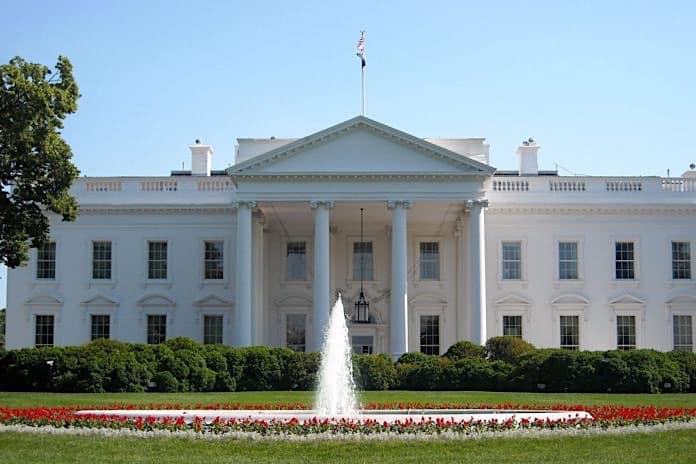It’s no surprise that the national school bus driver shortage was a dominant conversation as School Transportation News returned to in-person conferences last fall. Attendees at STN EXPO Indianapolis, TSD Conference and STN EXPO Reno discussed not only the impacts to daily operations but more importantly potential solutions to the lack of drivers. Offering more money and hours would be nice, but that is not always possible. However, improving the organizational culture can go a long way toward providing solutions. Yet the school bus industry needs more help.
Perhaps the positive news headlines made about the Biden administration’s proclivity for transitioning yellow diesel buses to electric, and the Commander in Chief relaying last year that he drove a school bus route when in law school, could help move the needle?
But then, last month, President Joe Biden and Vice President Kamala Harris announced an action plan to strengthen America’s … trucking workforce. Certainly, both COVID-19 and the supply chain disruptions have wreaked havoc on the trucking industry, and there is a definite financial impact on the nation’s economy. But what about the school bus workforce responsible for safely transporting some 20 million students—literally our nation’s future—so they can access a public education?
Talk about a missed opportunity, one that hopefully this industry’s leaders will soon point out to the Biden administration and to members of Congress. Lest we forget, February is “Love the Bus Month,” developed by the American School Bus Council to appreciate the jobs of drivers across the U.S. The celebration draws on Valentine’s Day as a reminder to thank school bus drivers and other transportation staff for the thankless jobs they do each and every day. But events lose their luster when no one is behind the wheel to receive all of that Love the Bus praise.
Related: Photos: How School Districts Celebrated 2021 Love the Bus Month
Related: ASBC & Big Yellow Valentine & Video for Love the Bus Month
Related: Pennsylvania Superintendent Recognizes School Bus Drivers for Love the Bus Month
The national media for all its faults has succeeded in shining a light on the school bus driver shortage for the better part of 2021, so public awareness shouldn’t be an issue, at least for the current news cycle. As Ryan Hahn, president of Strategic School Consultants, said during a driver shortage session in Reno last month, now is the time for transportation leaders to capitalize on this publicity by making their cases in front of their superintendents and school boards. Request more resources or provide the bottom-line results of inaction, or at least the status quo. As Hahn, a former director of transportation, told STN EXPO attendees, “Your story has already been told. So now do something about it.”
One avenue to explore is to petition your district for federal Elementary and Secondary School Emergency Relief Fund (ESSER) grants to offset school bus driver salary increases. (The money can also be used to pay for new buses, cleaning supplies and air purification systems.) But as one transportation director told me in Reno, his district is prioritizing teacher wages. Another transportation director questioned the reliance on ESSER funds that expire at the end of this September.
Ward Leber, founder and chair of the Child Safety Network, informed me that the U.S. Department of Labor also offers grant opportunities each year that school districts, state governments and non-profit organizations could potentially use to address their current and future workforce. There is money to pay for recruiting and screening applicants, hosting job fairs, and providing preemployment and on-the-job training.
Related: (STN Podcast E95) Fresh Perspectives: Driver Shortage, COVID-19 Pandemic, Propane Buses
Related: (STN Podcast E94): Training, Technology & Teamwork: Pennsylvania District Ready to Go in 2022
Related: Are You Prepared for New Entry Level Driver Training Requirements?
Still, these resources could pale in comparison to a concerted federal action plan, the likes of which have benefitted far too many other industries. After all, school busing is the largest form of public transportation. Increasingly, however, it appears student transporters are expected to go at it alone. What else is new?
The industry also cannot expect a handout, and certainly if one does come, student transporters know better than to rely on it. In the end, it comes down to thinking globally and acting locally. Is your district or operation exhausting all the possibilities available to it? It is this magazine’s mission to continue its advocacy for student transportation professionals and to push for the creation of a national employee workforce development program, so stay tuned!
Editor’s Note: As reprinted in the January 2022 issue of School Transportation News.
Related: STN President Corpin Receives CSN Child Safety Advocate Award
Related: New Tech Displayed at STN EXPO Reno Focuses on Student Safety
Related: WATCH: STN EXPO Indy Attendee Interviews

















